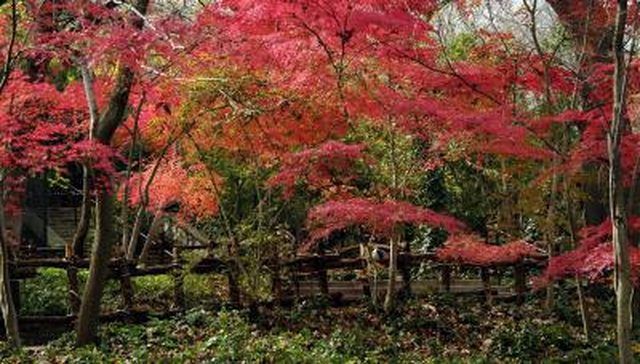Bulbs
Flower Basics
Flower Beds & Specialty Gardens
Flower Garden
Garden Furniture
Garden Gnomes
Garden Seeds
Garden Sheds
Garden Statues
Garden Tools & Supplies
Gardening Basics
Green & Organic
Groundcovers & Vines
Growing Annuals
Growing Basil
Growing Beans
Growing Berries
Growing Blueberries
Growing Cactus
Growing Corn
Growing Cotton
Growing Edibles
Growing Flowers
Growing Garlic
Growing Grapes
Growing Grass
Growing Herbs
Growing Jasmine
Growing Mint
Growing Mushrooms
Orchids
Growing Peanuts
Growing Perennials
Growing Plants
Growing Rosemary
Growing Roses
Growing Strawberries
Growing Sunflowers
Growing Thyme
Growing Tomatoes
Growing Tulips
Growing Vegetables
Herb Basics
Herb Garden
Indoor Growing
Landscaping Basics
Landscaping Patios
Landscaping Plants
Landscaping Shrubs
Landscaping Trees
Landscaping Walks & Pathways
Lawn Basics
Lawn Maintenance
Lawn Mowers
Lawn Ornaments
Lawn Planting
Lawn Tools
Outdoor Growing
Overall Landscape Planning
Pests, Weeds & Problems
Plant Basics
Rock Garden
Rose Garden
Shrubs
Soil
Specialty Gardens
Trees
Vegetable Garden
Yard Maintenance
Why Is My Japanese Maple Dying?
Why Is My Japanese Maple Dying?. The Japanese maple tree, Acer palmatum, typically grows to an outdoor height of approximately 20 feet. A variety of diseases, insects and environmental concerns may damage the renowned leaves or any aspect of the tree.

The Japanese maple tree, Acer palmatum, typically grows to an outdoor height of approximately 20 feet. A variety of diseases, insects and environmental concerns may damage the renowned leaves or any aspect of the tree.
Verticillium Wilt
The University of Florida Institute of Food and Agricultural Sciences warns that verticillium wilt has the ability to kill a Japanese maple tree. This lethal condition, caused by the soil-borne fungus Verticillium labarum, has no known cure aside from complete removal of the tree from the affected soil area. Symptoms include a wilting -- or drooping -- of leaves and branches.
Geography
The Japanese maple grows best in USDA hardiness zones 5 through 8. Varieties of the tree planted in much warmer or colder zones could suffer debilitating injury from extreme temperatures. Leaf scorch, a condition that causes leaves to prematurely brown and fall from the tree, is common in hardiness zones 7B and 8.
Diseases and Insects
The Japanese maple also may suffer attacks from additional diseases like powdery mildew, tar spots, sooty mold, canker, leaf spots and non-parasitic disorders including air pollution and salt spray. Insects that regularly infest a Japanese maple include aphids, borers, cottony maple scales and Japanese beetles. Injury to the roots is also a common problem among Japanese maples.